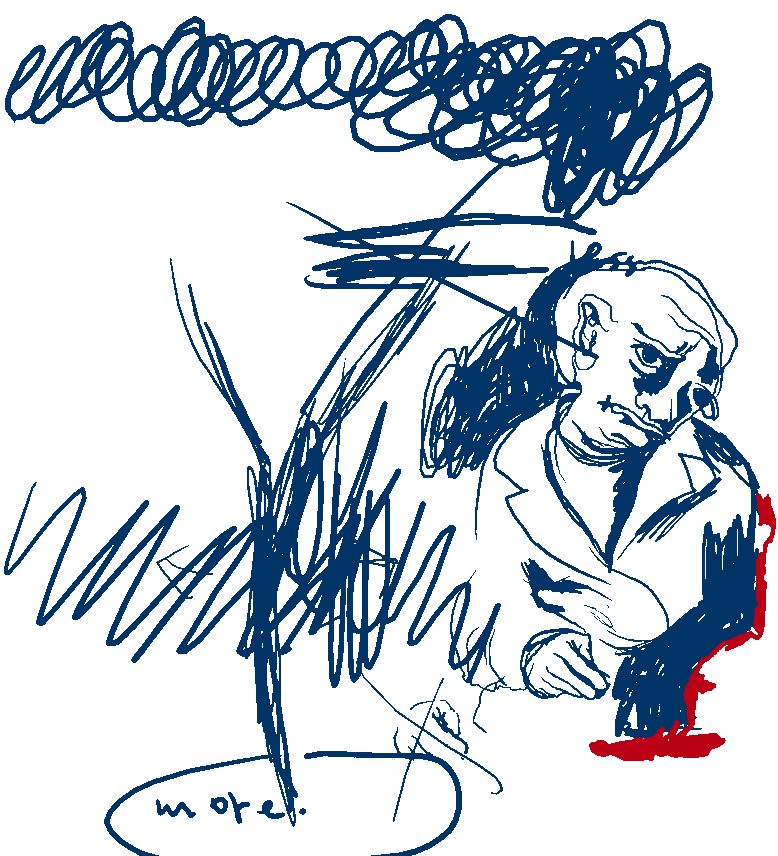Ukraine’s fierce resistance to the Russian invasion has resonated around the world.
At the center of that fight are ordinary citizens who left behind comfortable lives to answer a call of duty – people such as a software engineer, a logistics manager and even a poet.
The area south of Izium is a key point of resistance against Russian attempts to completely encircle the Donbas region.
Most civilians have left, and the artillery battles are near-constant. These are some of the people trying to ensure it does not fall into Russian hands.
Anna Arhipova, 22
Anna Arhipova was a logistics manager in her hometown of Poltava, northeast Ukraine, before the war began.
At the time, her overriding fear was not of the violence, but of “not being useful,” she says. So she signed up, and now drives a pickup truck to some of the most dangerous areas of the conflict.
In a world of bearded, stocky young men, her slight frame cuts an uncommon figure. But she says it’s the men, not her, who are troubled by her presence.
“Everybody tells me that I have to give birth, cook, clean, and do the housekeeping, not be here,” she says. “It irritates me very, very much. I answer that if I would like to give birth, I would not be here.”
Alex, 34
Alex, who wanted to use only his first name out of privacy concerns, is a software engineer from Kharkiv. Last year, he built his own countryside log cabin.
Now his house, which was on a strategically located hill, has been reduced to a hole five meters deep, and he spends many of his nights sleeping in a tank named ‘Bunny,’ which was stolen from the Russian military in the opening weeks of the war.
“This is like my personal tank,” he explains. “I am like tank commander and tank owner,” he says with a laugh.
Vlad Sord, 27
Vlad Sord was still a teenager when he signed up to fight for Ukraine in 2014.
“A lot of strange things happen there,” explains Sord, as he chain smokes cigarillos. “Things that I could not explain, I collected them, compiled them, wrote them down.”
He’s now a published author and poet. He fights for his country, and gathers material to document what’s happening.
“I have a very good memory for the dialogues themselves and I use that. I write everything down.”





















